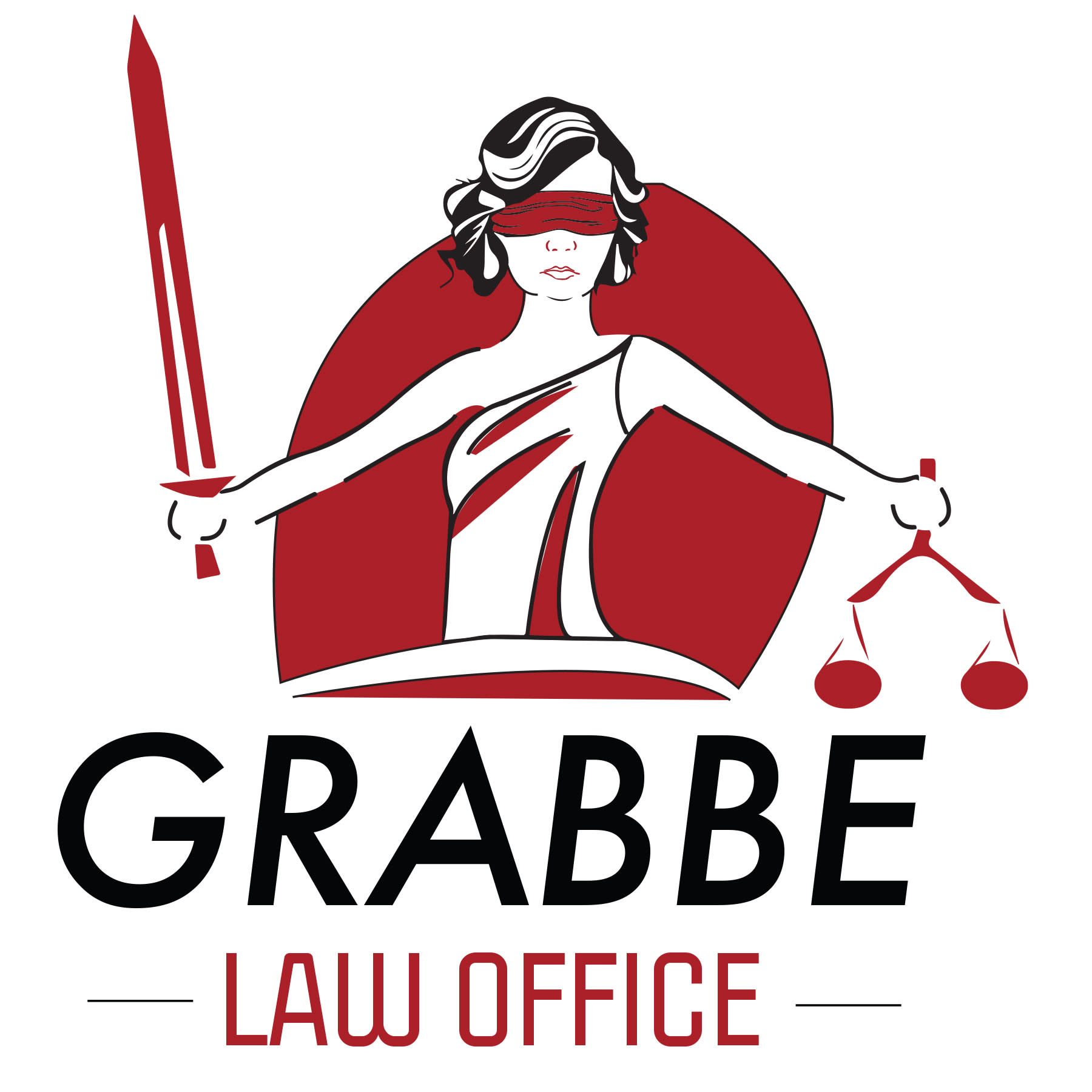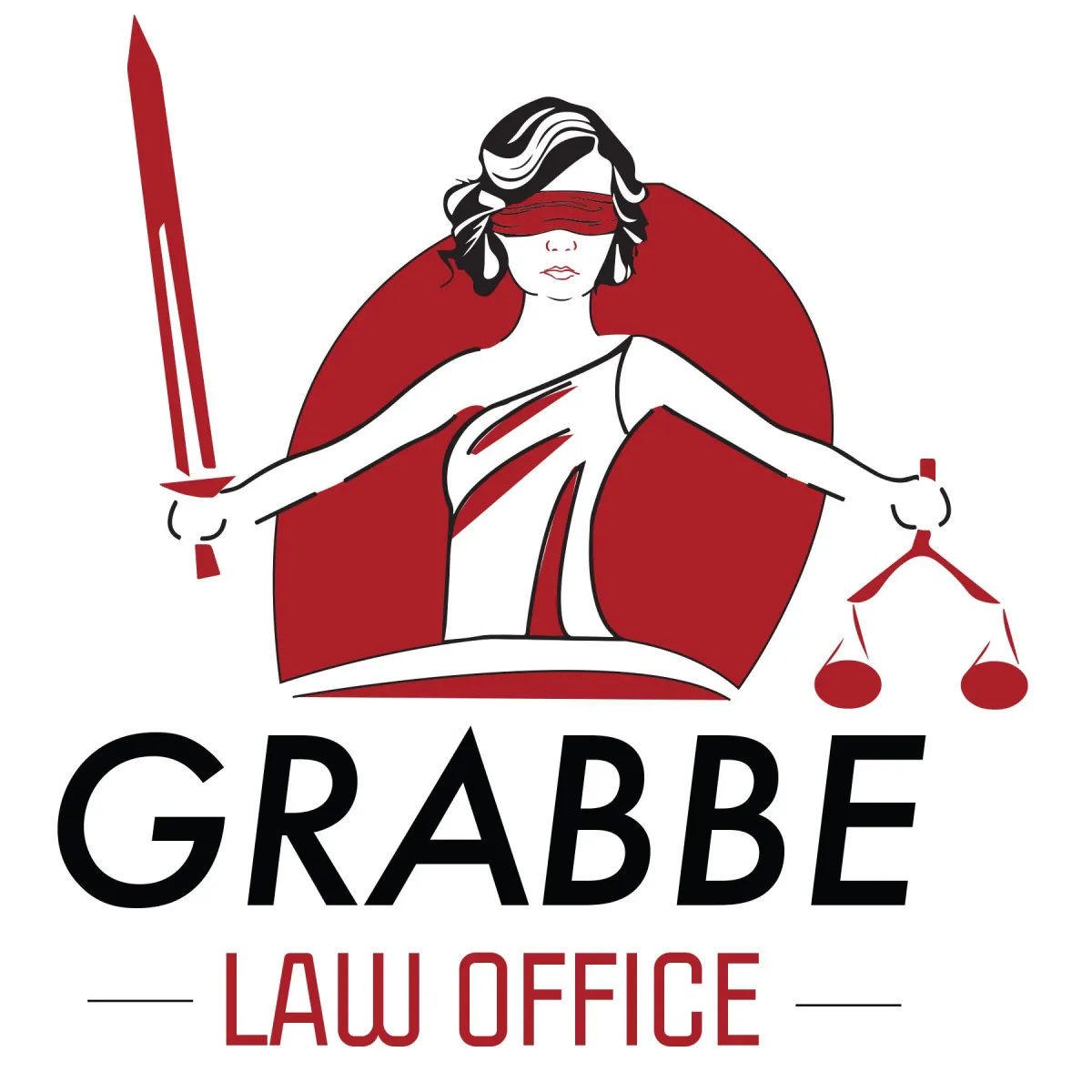Welcome to the Blog!

Dangers Of DIY Trademark Applications
The entrepreneurial ethos is one of taking charge, getting things done, and perhaps most importantly, doing things yourself. Therefore, it is no surprise that as a business owner, you might want to handle your trademark application yourself. You want to be involved with every aspect of your business. You might even be considering how you could save money by avoiding the expense of an attorney. Whatever the reason, diving in and trying to register your trademark by yourself has the potential to cost you more money and time than you are willing to sacrifice. The following are some of the dangers of a DIY trademark application and how an experienced intellectual property lawyer may be able to help you avoid some of the biggest pitfalls. If you would like to discuss your trademark needs, consider scheduling a free 15-minute consultation with an experienced Kansas trademark attorney at Grabbe Law Office.
Do I Need To Register My Trademark To Use It?There is no legal requirement to register a trademark before using it or at any time while using it. If a trademark is not registered, the individual or entity using it will have what is called “common law” rights. These common law rights are completely based on using the trademark commercially within a specific geographic location. Common law rights are limited rights, but they can prevent another party from registering the same mark if the common law use is proven to have been in use earlier than the use supporting the other party’s registration.
While there is no legal requirement to register a trademark, there are benefits that only come with registration. Some of those trademark registration benefits include:
Public notice to others of trademark ownership
A legal presumption that the trademark owner owns and can use the trademark
Provides the basis to file for trademark registration in foreign countries
Can use the ® with the trademark
Can get additional protection by recording the registered trademark with the United States Customs and Border Protection and preventing imported goods with infringing trademarks from entering the country
Can I Submit My Own Trademark Application?Legally, any individual or entity may file their own trademark application. However, a DIY trademark application may take considerably more time and be more expensive simply because the applicant is not familiar with the process or its requirements. Perhaps the most common challenge applicants face when attempting to file their own trademark application is responding to Office Actions. These are communications from the United States Patent and Trademark Office (USPTO) examining attorney assigned to the application. This attorney may be requesting more information, explaining a conflict, or otherwise requiring action from the applicant. In many instances, this action and the response requested may require legal research and a properly worded response that the average individual may struggle to manage.
Additionally, incorrect information in an application could cause the application and any resulting registration to be void. This can become problematic if someone challenges the registration in the future, particularly if they hire an attorney who looks over the application for these errors. From failing to respond to an office action, to having the registration declared void due to incorrect information, to an incomplete search that results in a refusal because there is another trademark too similar, a DIY trademark application can result in a significant amount of time and money wasted. Starting the process over again means spending more time and money waiting to know whether the trademark will be registered or not.
What Is the Trademark Application and Maintenance Process?
Whether an individual opts to try a DIY trademark application or hires an attorney to assist them with the process, applying for a trademark is still time-consuming. There are several steps to the process and each step typically takes several weeks to several months to complete. The USPTO indicates that the process, from start to finish, typically takes 12 to 18 months. The USPTO application process generally includes the following steps:
Select the trademark and ensure it can be registered with a comprehensive trademark search to look for conflicts and ensuring that the trademark meets USPTO requirements.
Prepare and submit the application, then monitor its status.
Work with the USPTO examining attorney by reading and responding to any Office Actions that are sent.
Receive registration approval or denial.
If registration is approved, trademark is published in the USPTO Official Gazette, providing potential opponents with 30 days to oppose the registration or to request an extension of the time so they can oppose it.
If no opposition, a registration certificate is issued based on trademarks that are already in use.
For unopposed trademarks registered based on intent to use, a notice of allowance is issued, giving the trademark owner six months to use the mark in commerce and submit a Statement of Use (SOU) or to request a six-month extension to submit an SOU.
Once a trademark is registered, the trademark owner must maintain that registration by filing the required maintenance documents at the required intervals and enforcing their trademark against infringement. A dedicated trademark attorney with Grabbe Law Office may also be able to assist with trademark maintenance and enforcement.
Common Grounds for Registration Refusal
There are many reasons a trademark may be refused registration. Some reasons are more common than others. The most common reason a trademark will not be registered is the likelihood of confusion. Likelihood of confusion means that the mark is too similar to another mark that offers similar goods and services and would thus potentially confuse consumers as to who is offering the goods and services.
Other common grounds for trademark registration refusal the USPTO offers may include:
Merely Descriptive or Deceptively Misdescriptive: Merely descriptive marks are ones that describe ingredients, qualities, characteristics, functions, features, purposes, or uses of the good or service. Deceptively misdescriptive marks are ones that plausibly misdescribe ingredients, qualities, characteristics, functions, features, purposes, or uses.
Primarily Geographically Descriptive or Primarily Geographically Misdescriptive: Primarily geographically descriptive trademarks are ones that the primary significance of the mark is a generally known geographic location that consumers would think the good or service came from and identifies the geographic origin. A primarily geographically misdescriptive mark is one that the primary significance is a known location that consumers would think the good or service came from, but the goods or services did not originate there and the misrepresentation would be a material factor in a consumer’s decision to purchase the good or service.
Primarily Merely a Surname: Surnames are generally not trademarked unless they are strongly associated with the product.
Ornamentation: If the trademark being registered is just a decorative feature or part of the “dress” of the goods, it is unlikely to be granted registration.
Hiring an experienced intellectual property and trademark attorney may assist with avoiding these common reasons for registration refusal. An attorney may be able to run a comprehensive search to eliminate conflicts and confirm there is no likelihood of confusion. A lawyer may also be able to assist the trademark owner in making sure their trademark avoids the other common reasons, which can increase the odds of approval.
Understanding the Trademark Scope of Protection
Another common problem that individuals face when attempting a DIY trademark registration is understanding the scope of protection a trademark offers. When an individual or business entity applies for trademark registration, one requirement is to choose the goods and services the trademark will be used with. If they do not choose enough goods and services, the trademark may not protect everything they would like protected. On the other hand, if they choose too many, the application may be refused. This can be very difficult for individuals or entities who are registering a trademark to use with existing goods and services but hope to expand their offerings in the future.
The trademark can be used with many different goods and services, but the application must be specific in identifying the scope of use. An attorney may be able to assist with determining how to complete the application in a way that allows all the uses the individual or entity wishes to protect.
Are You Ready To File a Trademark Application in Kansas?
Filing a trademark application, and successfully registering your trademark, on your own is possible. However, the DIY trademark application has a higher risk of failure, and could ultimately cost more time and money than having an attorney assist you. If you would rather use that time and money on serving your customers, building your business, analyzing the competition, or hiring staff, consider that hiring an attorney to assist you with registering your trademark may give you back that time and money. Schedule your free 15-minute consultation with an experienced trademark attorney at Grabbe Law Office today.








